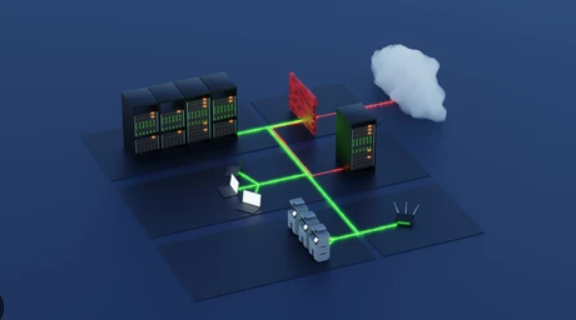In an era of advanced persistent threats and ransomware attacks, network segmentation has emerged as a crucial component of layered cybersecurity strategies. It offers an intelligent way to contain breaches, enforce policy-based controls, and protect sensitive assets.
What is Network Segmentation?
Network segmentation involves dividing a computer network into multiple subnetworks (or segments), each isolated from the other using firewalls, VLANs, or access control mechanisms. This segmentation creates barriers that limit unauthorized lateral movement and make it easier to enforce compliance policies.
Core Benefits of Network Segmentation
- Reduces Risk Exposure: Sensitive systems are isolated, minimizing the chances of full-network compromise.
- Mitigates Insider Threats: Limits access even for internal users and contractors.
- Improves Breach Containment: In the event of a cyberattack, only the affected segment is impacted, reducing downtime and damage.
- Boosts Regulatory Compliance: Network segmentation supports frameworks such as ISO 27001, GDPR, NIST, and PCI DSS.
- Enables Micro-Segmentation: Modern architectures (like Zero Trust) leverage granular segmentation down to the workload level for hyper-security.
Segmentation Techniques
- Physical Segmentation: Uses separate hardware infrastructure (e.g., different switches/routers).
- Logical Segmentation: Relies on VLANs and subnets to divide networks while sharing physical hardware.
- Software-Defined Segmentation: Uses SDN (Software Defined Networking) and security policies to dynamically isolate workloads and applications.
Key Use Cases
- Healthcare: Segregates patient records and medical IoT devices from admin systems to comply with HIPAA.
- Banking: Isolates customer transaction data from public-facing applications to reduce fraud risk.
- Manufacturing: Segments operational technology (OT) networks from IT to protect industrial control systems.
Best Practices
- Define zones based on business needs (e.g., HR, Finance, Public Wi-Fi, DMZ).
- Limit inter-zone communication using firewalls and ACLs.
- Monitor segmented traffic for anomalies using IDS/IPS systems.
- Document and regularly test segmentation policies.
- Integrate with Zero Trust principles for enhanced protection.
Challenges
While powerful, segmentation can introduce complexity. Poorly documented policies or misconfigured firewalls may create access issues. Organizations should invest in skilled personnel and modern tools to manage this complexity effectively.
Conclusion
Network segmentation is not optional—it’s a foundational element in modern cybersecurity architecture. It transforms the network from a flat, open structure into a secure, monitored environment with clearly defined boundaries. Whether you’re defending against malware, insider threats, or regulatory audits, segmentation provides visibility, control, and peace of mind.

